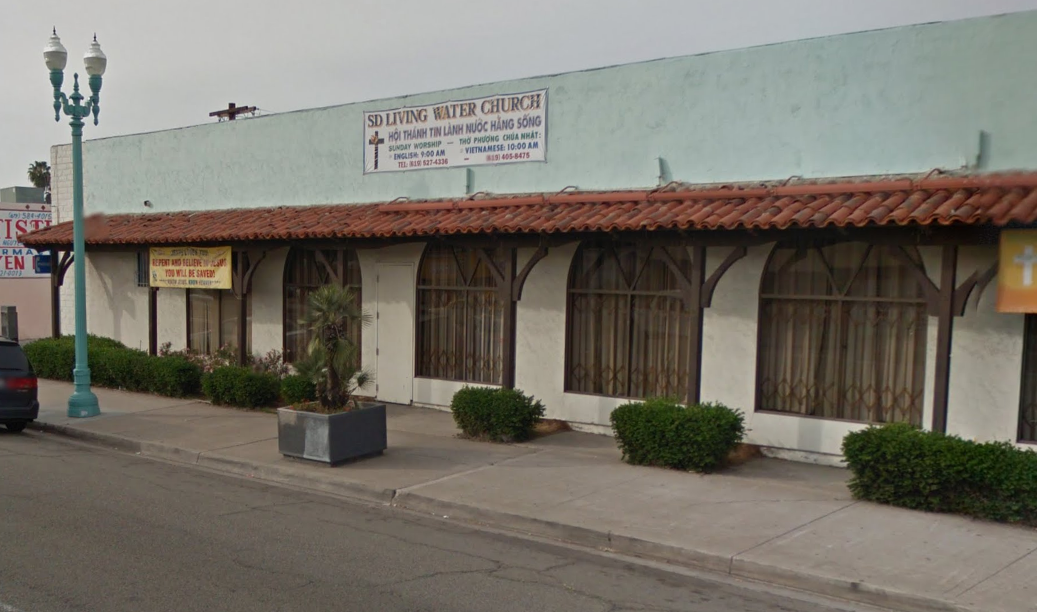Table of Contents
Why is religion interesting and problematic?
Why is religion interesting and problematic?
Ryan Schram
ryan.schram@sydney.edu.au
Mills 169 (A26)
March 8, 2017
Available at http://anthro.rschram.org/2667/1
Emergency procedures video
The University has asked me to show the following video so that everyone knows the procedures for an emergency on campus or in classes.
https://sydney.edu.au/campus-life/safety-security.html#emergency-procedures-video
Why is this class interesting to you?
- Why are you here?
- What do you want to learn?
- What do you hope to achieve in this class?
Get up, introduce yourselves to each other. Talk about it. Take note of what other people say.
What did you hear?
- What did people tell you?
- Was it different than what you expected?
- What goals do you have for this semester?
Read all about it
The Blackboard site for this class is available for those already registered: http://elearning.sydney.edu.au/. We will submit all of the work for this class there.
If you are not signed up for the class, you can get the unit outline and all of the information for this class at this public site: http://anthro.rschram.org/2667.
For next week, your assignment is to read the unit outline, assignment instructions, and the guides to the unit online. For the first tutorial (in Week 2), bring an example of a religious practice you would like to learn more about. In tutorial, we'll talk about how to find ethnographic sources about these forms of religion, and how to formulate a topic of research, your first assignment (due on March 15).
What is religion?
How do you define 'religion'?
- Write down a definition of religion off the top of your head.
- You can consult with the people nearby.
- How do you know whether something is or is not religious?
Religion and society in North Park, San Diego
Botanica Santa Barbara, University Avenue
Acupuncture clinic, University Avenue
Several blocks down the road is an acupuncture clinic, which also offers traditional Chinese herbal medicine.
Palm reader, El Cajon Boulevard
Iglesia de Dios, University Avenue
Elsewhere, among the liquor stores, bars and “smoke shops,” a “church of God,” one of many in this neighborhood.
Living Water Church, El Cajon Boulevard
The Rock City Heights
In City Heights, an imposing building overlooks the I-15, home to a cafe, gym, and an auditorium of worship.
It's all relative?
Everyone has their own beliefs. This is true. People go to botanicas and palm readers because they believe in either herbal medicine or psychic powers.
Religion is diverse but saying that religion is a broad category is not an explanation of why societies have religions. Anthropology examines religion in relation to the broader social and cultural context.
That is what we are doing in this class.
Japanese Buddhist ancestor worship: Why?
- Many families in Japan place an altar in their home, opening it periodically to place offerings of rice and fruit, and offer prayers to deceased relatives. They can contain objects which are memorials to deceased relatives and are infused with their depleted life-essence, or kuyō. In this way Japanese families bring the spirits of ancestors into their home so they can maintain contact with them. (Rambelli 2010)
Contemporary altars (gendai butsudan): Why hide?
- Urban families, who tend to be more skeptical of religion, have started to buy shrines which appear from the outside to be less traditional looking. Rather than ornate woodworking in the classical styles of butsudan, the Japanese company Yakigen sells Danish and Italian styled models with a more sleek profile and similar look to other furniture. These are called “contemporary altars” (gendai butsudan).
- Yakigen does not want people to hide their altar or obscure it with camouflage. Rather they want the concept of kuyō (depleted life essence) to be part of their brand, and the brand of Japan itself, much like the concepts of sushi, geisha and sumō are internationally known. (Nelson 2008)
Bible magazines: Why not just read the Bible?
Alex and Ani bracelets: Think positive
- Alex and Ani bracelets, heavily advertised on cable TV in the US several years ago. They claim to be fun, fashionable, and charged with “positive energy.”
Church of the Subgenius, Pastafarianism, etc.
- The Church of the Subgenius is a bizarre web site, seemingly written in jest, yet with apparently total commitment… Is mockery of religion itself a religious practice? Can people join a religion that doesn't exist?
Overview of the unit
- What is religion, and what relationship does religious belief and practice have to social order overall?: The key theories of Emile Durkheim and Max Weber.
- Religion, rationality and the economy
- Religion, modernity and secularism
- Religion, politics and the global order
Finding a possible topic
A good research topic focuses on a clear who, what, where and when, like the setting of a story.
One of these books about religion is not like the other. Can you tell which one is not an ethnography?:
- Bialecki, Jon. 2017. A Diagram for Fire: Miracles and Variation in an American Charismatic Movement. Berkeley, Calif.: University of California Press.
- Cassaniti, Julia. 2015. Living Buddhism: Mind, Self, and Emotion in a Thai Community. Ithaca, N.Y.: Cornell University Press. https://books.google.com.au/books?id=cxTRCgAAQBAJ.
- Haynes, Naomi. 2017. Moving by the Spirit: Pentecostal Social Life on the Zambian Copperbelt. Berkeley, Calif.: University of California Press. https://books.google.com.au/books?id=CkQnDgAAQBAJ.
- Roy, Olivier. 2014. Holy Ignorance: When Religion and Culture Part Ways. Oxford: Oxford University Press. https://books.google.com.au/books?id=yQMqBgAAQBAJ.
Blackboard and Turnitin
- Learn to use Blackboard: http://elearning.sydney.edu.au.
- This class uses Turnitin. I am using it because it's really easy to give written comments online.
- It does also check for “similarity”. Normally I'd let you see the “similarity report” but it is against Faculty policy. I will take note of “similarity” but I don't believe that all similarity is plagiarism. It may be a sign that you need comments from me about how to use sources to advance your own ideas. Plagiarism bad…. >:(
Lecture recordings
- Also, these lectures are being recorded for you to listen to. I am opposed to the use of lecture recording as a study aid, but in fairness, I am also opposed to lecture as a form of instruction.
- I think the main reason I am worried about recordings is that if you plan on hearing a lecture later, and you find it unhelpful or difficult, it's already too late to do anything about. I learned to lecture from students' feedback. Students tell me that my lectures tend to be dense and I can go on long digressions. So I am very aware of my audience and I am good at changing gears when I need to. If there aren't students here to tell me that I am going on and on, or that I am not making sense, then I can't adjust in the lecture. So relying on recordings is a leap of faith. You have to believe that my lectures are always 100% A++ AWESOME JOB WOULD BUY AGAIN!!!! Sadly, they aren't. There is no way for me to guarantee that they are. I need you–all of you–participating in class with me in order to make my lectures useful to you.
- Many students not only want lecture recordings, they also want their lecturers to be engaging and charismatic speakers who sound good on tape. So, you may not like hearing that I am kind of long-winded and dense. You are entitled to your opinion. Still, I think if you think about all the lectures you've heard, you'll actually agree that the better ones are actually responsive to their audience.
- I am a lousy lecturer but I care a lot about whether or not you benefit from my lecture, and that's why I need you to be here.
References
Revolve: The Complete New Testament. 2003. Nashville, Tenn.: Thomas Nelson.
Nelson, John. 2008. “Household Altars in Contemporary Japan: Rectifying Buddhist ‘Ancestor Worship’ with Home Décor and Consumer Choice.” Japanese Journal of Religious Studies 35 (2): 305–30.
Rambelli, Fabio. 2010. “Home Buddhas: Historical Processes and Modes of Representation of the Sacred in the Japanese Buddhist Family Altar (butsudan).” Japanese Religion 35 (1-2): 63–86.
A guide to the unit
ANTH 2667: The anthropology of religion—a guide to the unit








